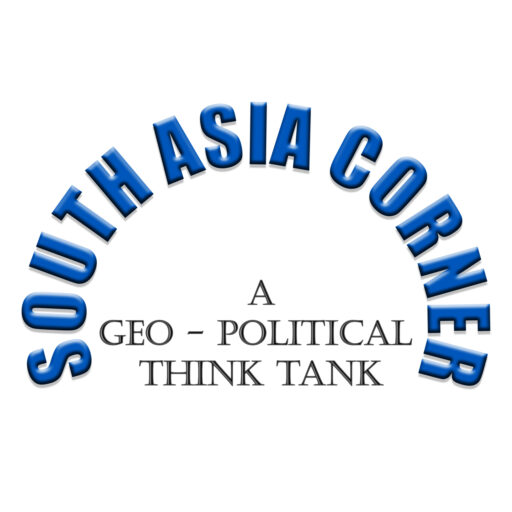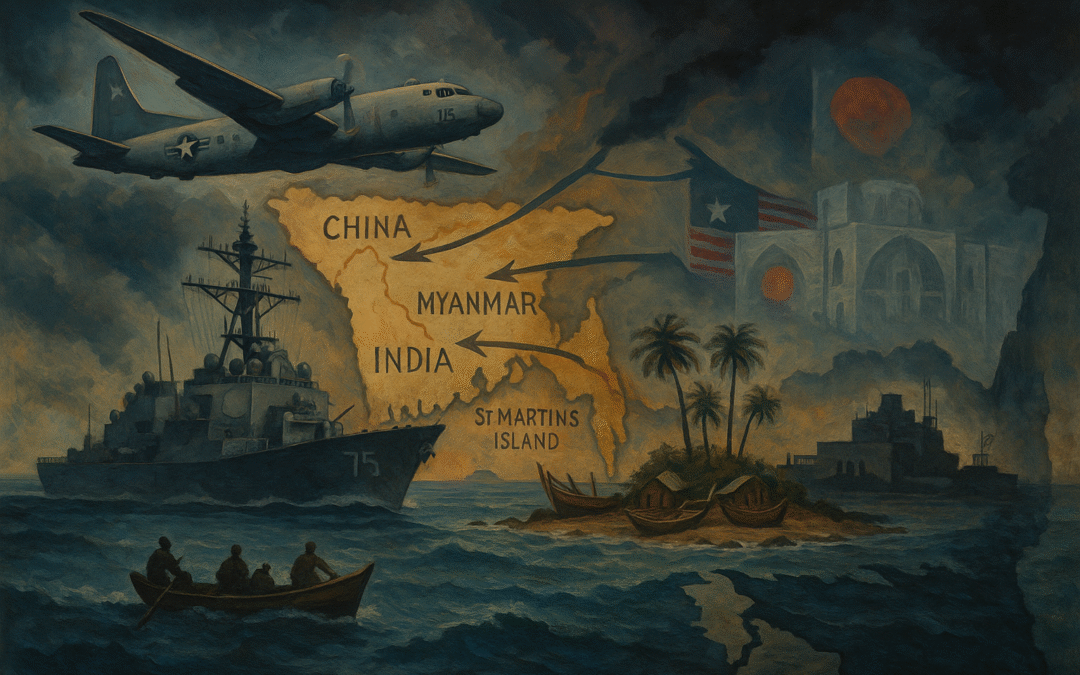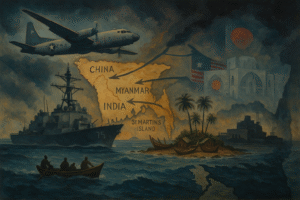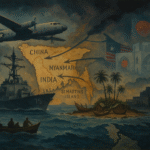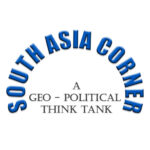The Bay of Bengal — an expanse of sea that links South Asia to the broader Indo-Pacific — is fast becoming a theatre of strategic contestation. Recent reporting and social media claims about U.S. naval ships around St. Martin’s Island and increased air activity near Chittagong have set off alarm bells in Dhaka, Delhi, and Naypyidaw. Whether these movements are a short-term exercise in choreography or the opening gambit of a longer-term basing strategy, their implications for Bangladesh’s sovereignty, regional stability and internal cohesion are profound. [1][2][3]
At the simplest level, there are three plausible strategic rationales for a stepped-up U.S. presence in southern Bangladesh. First: to create a logistical/forward anchor in the southern Bay that enhances U.S. surveillance and power projection to check an assertive China across the eastern Indian Ocean. Second: to influence cross-border stability problems—particularly the spillover of Myanmar’s conflict—by staging humanitarian, intelligence, or contingency operations from Bangladeshi soil. Third: to strengthen the U.S. ability to cooperate with regional partners (India, Australia, and Japan) under a Quad-like architecture that prizes ports and access points. [4][5]
All three rationales make operational sense to Washington. But operational logic does not erase political risk. Public reporting indicates renewed U.S.–Bangladesh military engagements—joint exercises, visits by C-130s, and other activities in and around Chittagong and Cox’s Bazar—and persistent rumours (some debunked, some unresolved) about St Martin’s Island have already produced domestic political blowback.[2][6] In a polity where legitimacy is contested and where a transitional or interim government lacks a stable popular mandate, the arrival of foreign troops or the creation of foreign logistical nodes becomes a lightning rod for political mobilisation and conspiracy narratives. That is precisely what we are now seeing: coverage and commentary in the region portray American activity as either a protective pivot or a creeping encroachment. [1][7]
There are immediate strategic risks associated with any foreign military presence on Bangladeshi territory. First, such presence can be instrumentally used to dilute or manipulate local social cleavages. External actors frequently favour certain local actors, such as security services, local elites, or paramilitary groups, to secure access and protection. In fragile contexts, this uneven patronage fuels perceptions of “sell-outs” and can harden ethno-regional grievances. [8] Second, a foreign base becomes a lightning rod in the event of interstate rivalry: India will watch any U.S. anchoring in the Bay with suspicion, and China will almost certainly respond to preserve access and influence, raising the prospect of a regional arms, port, and influence competition that Bangladesh will be forced to navigate. [5][9]
A distinct hazard is the legal and political question of authority. Under international practice, permanent stationing of foreign troops or the transfer of sovereign facilities typically requires a clear domestic mandate, parliamentary approval, and visible public consent. When an interim regime—especially one perceived as having been installed by external forces or by factional elites—entertains or signs arrangements without broad legitimacy, the domestic backlash is not only political but also constitutional. The result: accelerated polarisation, the delegitimisation of institutions, and a permissive environment for propaganda that paints national defence choices as betrayals.[10]
There is also a real military calculus: positioning in St Martin’s or deep in the Cox’s Bazar–Chittagong arc gives whoever controls the site improved lines of communication into the eastern Bay, a shorter route for monitoring the Andaman Strait approaches, and enhanced capacity for humanitarian assistance or contingency responses along the Myanmar coast.[4][11] These are attractive capabilities in the age of gray-zone coercion and hybrid warfare. Yet the same capabilities — surveillance, logistics, munitions storage — are the very attributes that neighbours fear will be used to project power in peacetime and to shape wartime outcomes.
The question of intent — “Is the U.S. here to counter China, to separate restive Myanmar zones, or to eye India’s ‘Seven Sisters’?” — is partly rhetorical and partly analytical. The U.S. strategic posture in the Indo-Pacific has explicitly talked about resilient logistics, greater port access and partnerships to deter coercion.[4] Yet the instruments of deterrence can be indistinguishable from instruments of intervention when host governments are weak or divided; deterrence thus risks being read as occupation by local publics. Conversely, if Washington frames activity transparently — exercises, humanitarian missions, capacity building — then the political narratives of occupation are harder to sustain. Transparency matters; so does the dignified consent of representative bodies.[2][12]
For Bangladesh, the risk is existentially political: foreign troops, bases or even the visible delivery of heavy equipment and ammunition (reporting about cargo flights and materiel movements has circulated widely) empower a domestic counter-narrative that foreign actors are rearranging national life without the people’s say.[6][13] In an atmosphere where “deep state” accusations already circulate, such developments invite simplistic, conspiratorial explanations: bribery, coercion, or installation of pliant leadership. Whether those accusations are true or exaggerated, their political potency is real. The interim regime’s authority to permit foreign installation — if it exists — must be demonstrated publicly and inter-institutionally, not alleged in rumours and secret memos.[10]
What of the alternatives? Bangladesh’s options are narrow but meaningful. The first is to insist on parliamentary and legal transparency: any foreign presence must be governed by clear agreements, parliamentary debate, and public disclosure of purpose, duration and limitations. The second is to insist on multilateral involvement: humanitarian or logistic nodes framed within regional, rather than bilateral, templates reduce the perception of unilateral dependence. Third is to strengthen domestic resilience — civic, economic and security institutions — so that foreign presence is clearly auxiliary, not dominant.
A final danger is the classic “divide and rule” playbook. External powers — intentionally or not — can weaken national cohesion by privileging one regional or ethnic constituency, underwriting certain security forces, or supplying materiel that upsets local balances. In Bangladesh’s fragile political topography, that pattern could fracture institutions, radicalise local actors, and reduce the state’s capacity to mediate conflict. That is precisely the scenario that democracy and national independence were built to resist.[8][14]
In short: whether the recent movements of ships and aircraft are an earnest attempt to build a cooperative, transparent security relationship — or the first steps toward a semi-permanent U.S. logistic node in the southern Bay — they raise immediate risks. These include regional strategic friction (with India and China), domestic political delegitimation (particularly if an interim government acts without public or parliamentary mandate), social polarisation through uneven patronage, and the potential seeding of long-term instability. Dhaka’s response must therefore insist on clarity, legalism, and multilateral oversight — failing which the Bay of Bengal may be transformed from a zone of commerce and fisheries into a permanent chessboard of external powers, with Bangladesh’s sovereignty and social fabric the pieces most at risk.
Footnotes & Sources
-
Reporting on U.S. interest in a Bay of Bengal presence and the “Quad Ports”/port access debates. The Economic Times
-
Fact-checks and denials about formal transfer or handing over of St Martin’s Island. AFP Fact Check
-
Analysis of regional alarm and U.S. activity in Chittagong and Cox’s Bazar. The Economic Times+1
-
Pieces describing the operational rationale for U.S. activity (port access, logistics, deterrence). ETInfra.com+1
-
Expert commentary on how U.S. moves affect India–China calculations. Firstpost+1
-
Recent articles and local reporting alleging U.S. troop/C-130 activity and cargo movements to Chittagong (reporting varies; some claim exercises). The CSR Journal+1
-
Background on St Martin’s Island and how it became a political flashpoint. The Diplomat+1
-
Commentary on “divide and rule” and how external patronage can dilute social cohesion (opinion pieces and regional analysis). slguardian.org+1
-
Coverage of regional reactions from India and Myanmar to U.S. activities. The Economic Times+1
-
Constitutional-legitimacy concerns about interim regimes permitting foreign military access (analytical pieces and local reporting). BDDiGEST+1
-
Military operational analyses about why the Cox’s Bazar–Chittagong axis is strategically valuable. borderlens.com+1
-
Reporting emphasizing transparency and exercises framed as humanitarian missions (Operation Pacific Angel / Tiger Lightning references). borderlens.com+1
-
Media stories describing alleged unloading of heavy equipment and munitions (these claims are contested in some outlets; they require transparent investigation). BDDiGEST+1
-
Historical and opinion pieces warning that foreign bases can exacerbate internal tensions and become long-term liability. slguardian.org+1
